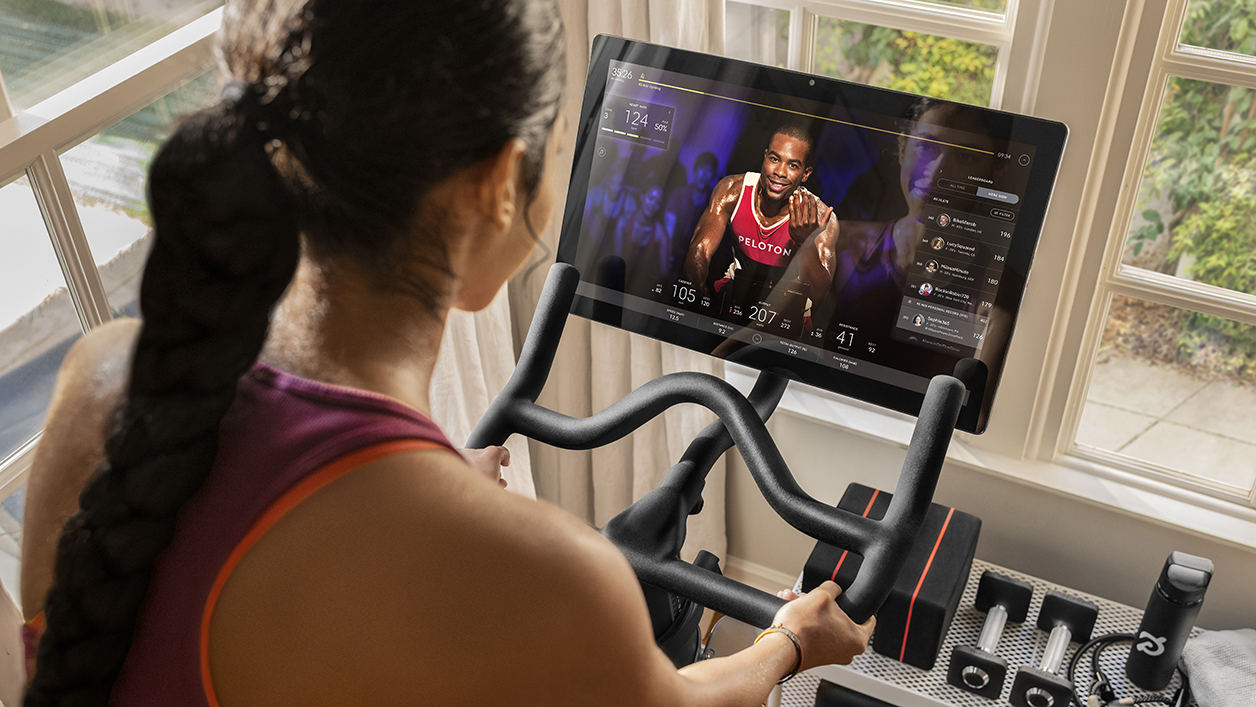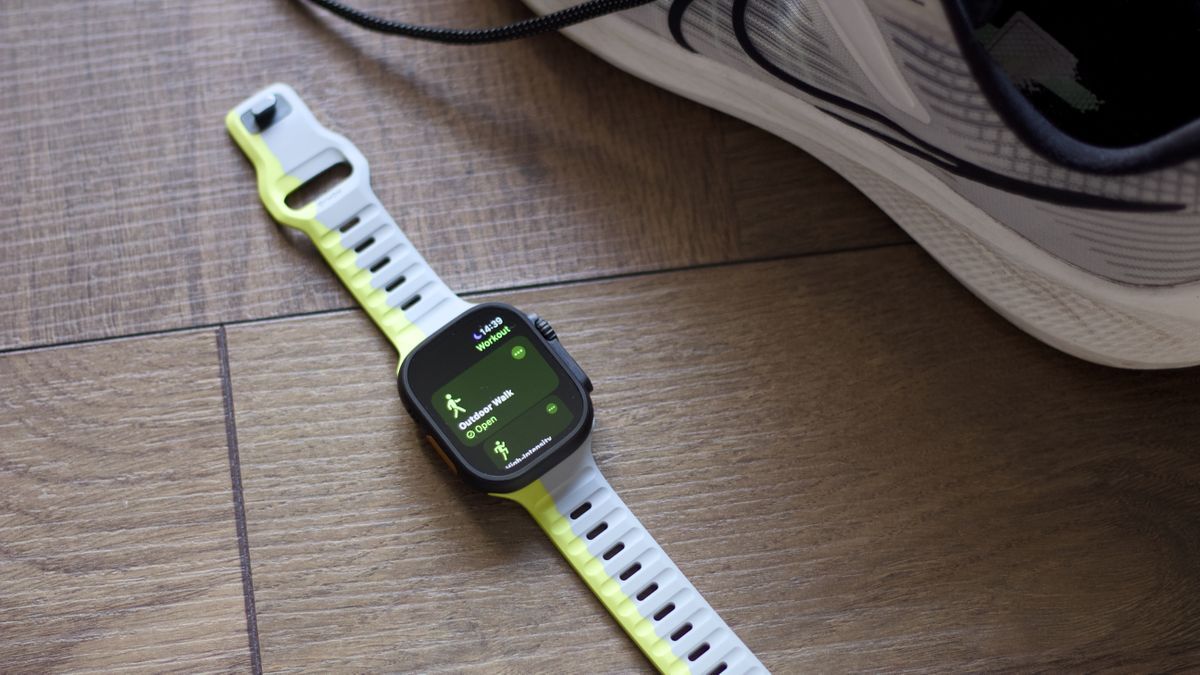Each year, the American College of Sports Medicine releases its study on global fitness trends for the coming year. It predicts the top 20 fitness trends in the US and around the world, convening a large number of professionals and stakeholders in the world of fitness.
2025 trends just dropped and it's going to be another huge year for wearable tech. The best smartwatches aside, however, there are other big drivers pointing to a world of personalized, data-driven fitness in your pocket, and a worrying sign for personal trainers.
So, which trends are hot and which aren't? What are the pillars of fitness for 2025 and what is new and exciting? From a survey of personal trainers, trainers, students, researchers, medical professionals and more, here are the top takeaways from the intersection of fitness and technology.
Wearables are still at the top
Wearable technology has been the number one trend in all but two of the last 10 years, and is another top spot for 2025. ACSM notes that the field of wearable technology is “constantly advancing” and highlights the benefits of the best wearable trackers. physical activity, smart rings. and more.
But not before also issuing a warning. ACSM warns that “more work is needed to address concerns about data validity, reliability, and privacy.” Personal training will appear later, but the trend list encourages fitness professionals to use wearable technology to help their clients. Interestingly, full-time personal trainers were the only group of exercise professionals surveyed in the survey that did not include wearable technology as the top-ranked trend.
The personal trainer in your pocket

Mobile fitness apps have continued to rise from 20th in 2023, 7th in 2024, and finally number two in this year's survey. ACSM reports that some 370 million users downloaded about 850 million fitness apps in 2023, and speculates that wearable technology could be driving the increase thanks to its complementary nature.
The survey praised the flexibility of mobile training apps, especially for novice athletes. In fact, many of the best fitness apps on the market can help you generate a complete training plan, track your progress, help with your form, and more. With the advent of AI in apps like the PUSH training app, the power of these apps to adapt and deliver personalized training to people is greater than ever.
Data: the bold newcomer

New for 2024, data-driven technology appears at number seven for 2025, thanks to its power to help customers “understand physiological responses to an exercise stimulus in real time.”
As exercise professionals leverage metrics such as sleep and heart rate variability in training and recovery, they can more easily adjust training in response to these conditions, making exercise safer, especially for people with cardiometabolic diseases.
On-demand exercise classes are back

On-demand exercise classes, which skyrocketed during the pandemic, return to the top 20 for the first time since 2022. Pre-recorded classes and videos like Apple Fitness Plus or Peloton provide great flexibility to their users because they can be accessed anywhere moment. anywhere.
More broadly, the resurgence of on-demand exercise classes could be a sign of customers' deepening desire to take greater control of their own fitness journey, choosing which classes to do and when on their own terms. , rather than committing to an exercise program at your local gym or the rigors of personal training.
Personal training slides

Personal training has been a top 10 trend in ACSM's survey since 2007, but has fallen to 16th place by 2025. While the body acknowledges that it remains “critical” for those who want effective guidance, the proliferation of personal training Remote and virtual fitness solutions (like the aforementioned classes) are reducing demand.
A suggested solution for personal trainers is to integrate hybrid modalities, making personal training more adaptable, personalized and effective. With the rise of democratized, personalized, data-driven fitness apps and wearables, could we be seeing a drop in demand for personalized personal training? While you get the most personal experience possible from a personal trainer, it often requires significant financial and time commitments, as well as space and equipment.
There's no guarantee these trends will play out exactly as the ACSM predicts, but if they do, it could be the first wake-up call for an industry of fitness professionals who need to adapt to a changing, connected, data-driven fitness future. . .









